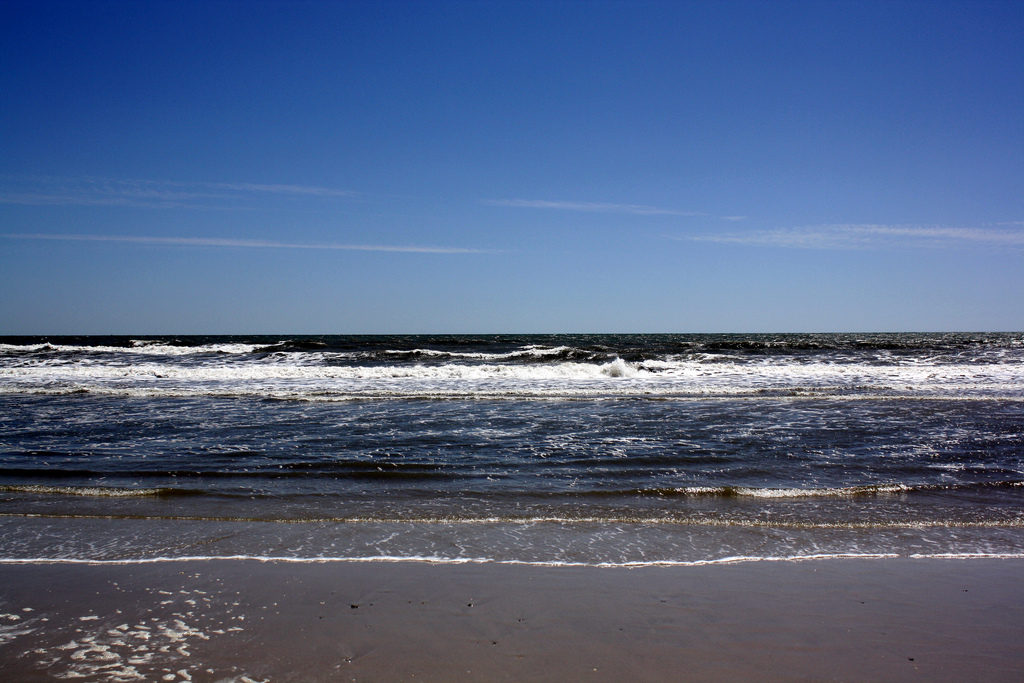
From 1998 until 2013, scientists observed a slowing in the rate of global mean surface warming. In other words, global temperatures were not rising as quickly as before. This quickly became known as the “global warming hiatus.”
Once that term gained common usage, it quickly was seized upon as evidence that global warming was “over”, or not even real in the first place. It was a very popular idea among fossil fuel companies and others.
Well, since 2013, the rate of warming has picked up again and has actually increased over earlier levels. The so-called hiatus is over. So the question is: what actually happened?
Many climate scientists have investigated the phenomenon over the past few years from various and often diverse angles and they have come to some consensus conclusions.
First of all, natural variability plays a large role in the rate of global mean surface warming on the time scale of a decade. The climate does have natural ups and downs.
But secondly, the oceans play a huge role in how heat is absorbed into the Earth’s energy budget. The amount of heat that the oceans can store is extremely large when compared to the land or atmospheric capacity. Oceans can act as a heat sink that can absorb excess heat for periods of time before releasing that heat back into the atmosphere causing weather phenomena such as El Niños.
Exactly where heat was sequestered in the oceans is not known with certainty, but there is broad agreement that the observed slowdown in surface temperature warming was the result of increased uptake of heat energy by the global ocean during those years.
**********
Web Links
Oceans act as a ‘heat sink’: No global warming ‘hiatus’
Photo, posted April 17, 2011, courtesy of Chris Dodds via Flickr.
‘The Ocean As A Heat Sink’ from Earth Wise is a production of WAMC Northeast Public Radio.